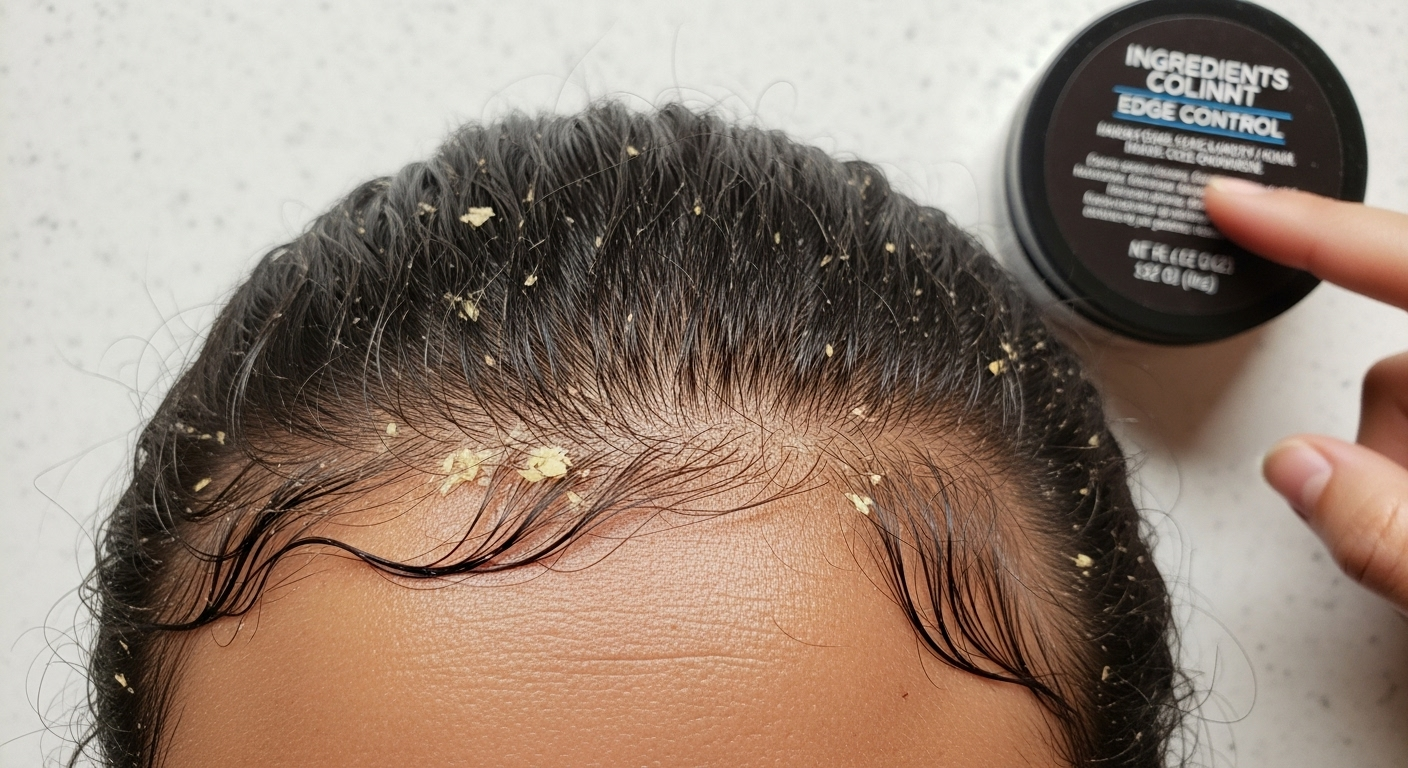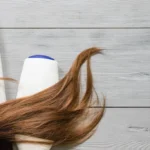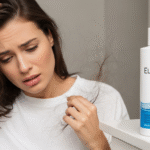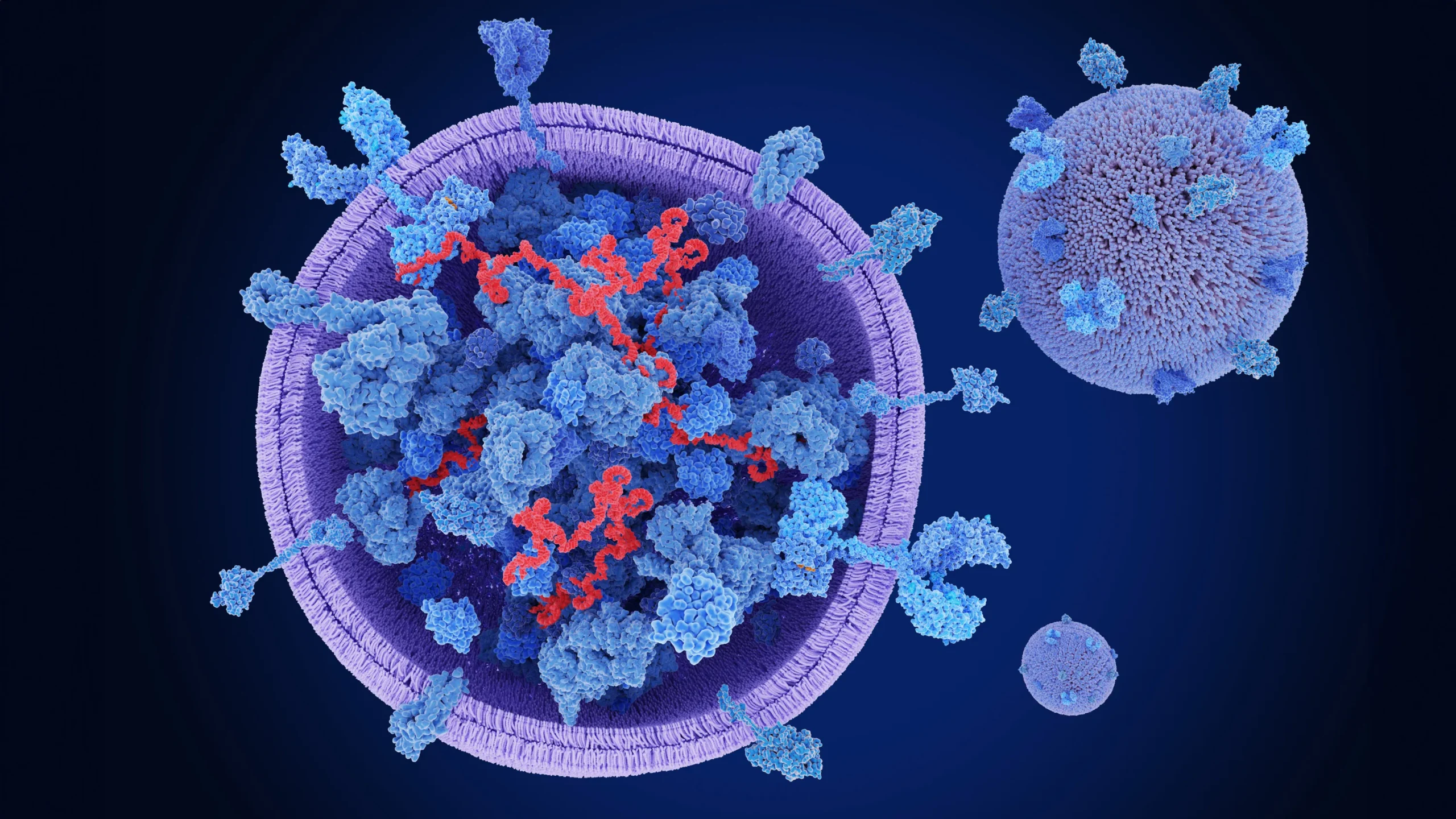If you’ve noticed your edges thinning or breaking, you might be wondering: does edge control cause hair loss? This question is common among those who use styling gels regularly. While edge control helps achieve sleek, polished looks, it may also contribute to damage if misused. This expert-informed article breaks down the science behind edge control …
If you’ve noticed your edges thinning or breaking, you might be wondering: does edge control cause hair loss? This question is common among those who use styling gels regularly. While edge control helps achieve sleek, polished looks, it may also contribute to damage if misused.
This expert-informed article breaks down the science behind edge control products, who’s at risk, and how to keep your edges healthy without sacrificing your style.
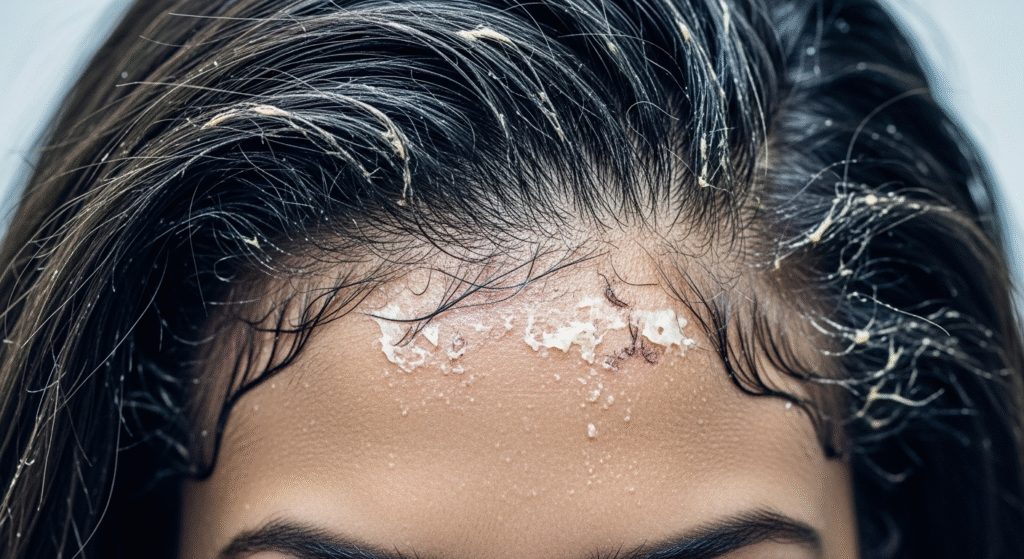
What Is Edge Control and Why Is It Popular?
Edge control is a hair styling product designed to hold and smooth baby hairs or “edges” around the hairline. It’s widely used in:
- Natural and relaxed hair styling
- Protective styles like braids, buns, and ponytails
- High-definition, polished looks
Common ingredients include:
- Glycerin
- Alcohol derivatives
- Beeswax or lanolin
- Silicone-based holding agents
Edge control offers strong hold and shine, but some formulas may lead to buildup or drying effects over time.
Does Edge Control Cause Hair Loss?
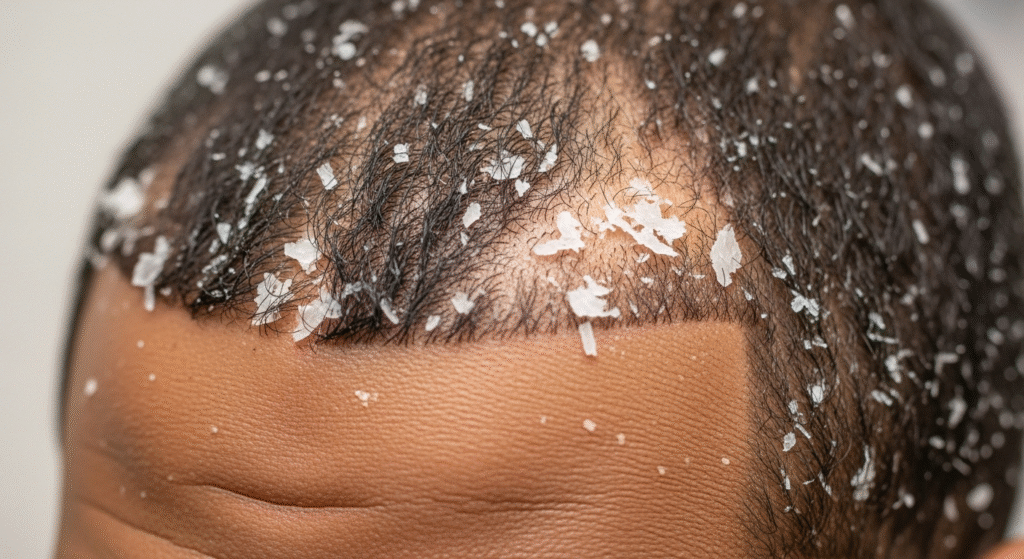
The product itself doesn’t directly cause hair loss. However, misuse and overuse of edge control can lead to:
- Traction alopecia: Hairline thinning from constant tension or tight styling
- Breakage: From dried-out strands and hardened buildup
- Blocked follicles: Heavy gels can clog pores, reducing scalp health over time
- Inflammation: Caused by harsh ingredients, alcohols, or poor cleansing
When used sparingly and properly, edge control doesn’t pose a major risk—but misuse is a different story.
Common Edge Control Mistakes That Lead to Hair Damage
Here are habits to avoid if you use edge control regularly:
- Applying product daily without washing: This causes buildup and prevents your scalp from breathing
- Using too much product: More isn’t better; it can weigh down fine edges
- Tight styling: Slicked-back styles with force pull on fragile edge hairs
- Sleeping without protection: Friction from cotton pillowcases or scarves can worsen the problem
Who Is Most at Risk for Hair Loss from Edge Control?
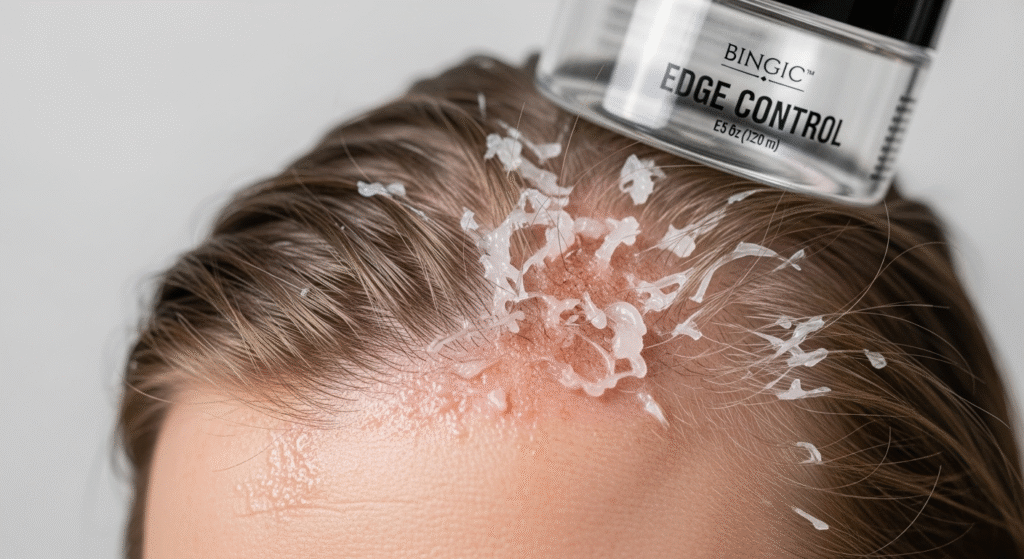
Certain individuals are more prone to damage from edge control and tight styling:
- People with thinning or fragile edges
- Postpartum individuals experiencing hormonal hair loss
- Those with fine hair that breaks easily
- Individuals with scalp conditions like eczema, seborrheic dermatitis, or psoriasis
What Experts Say About Edge Control and Hair Health
Science supports this:
- Tight hairstyles and buildup are common contributors to traction alopecia
- Alcohol-based products may dry out the hair shaft, leading to breakage
- Improper washing can cause product residue to interfere with scalp function
How to Use Edge Control Without Damaging Your Hair
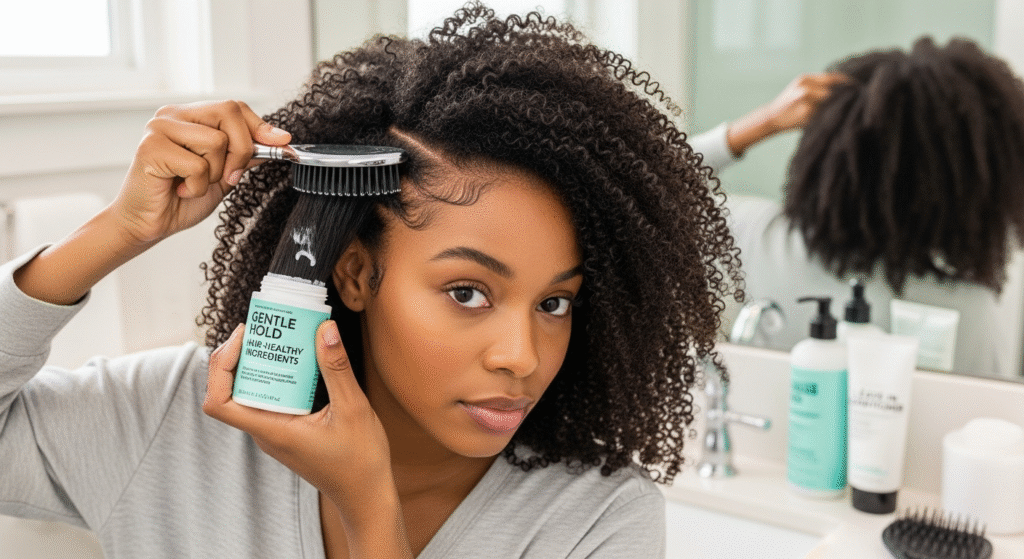
Follow these best practices to protect your edges:
1. Choose safer formulas:
- Alcohol-free
- Water-based
- Includes nourishing oils like castor or argan oil
2. Don’t reapply daily:
- Cleanse your edges 2–3 times a week with gentle shampoo
3. Apply with care:
- Use a soft edge brush—not a stiff toothbrush
- Avoid tugging or brushing aggressively
4. Sleep smart:
- Use satin edge wraps or pillowcases to reduce friction
Best Alternatives to Traditional Edge Control Products
Looking for a healthier option? Try these:
- Flaxseed gel: Natural hold and moisture balance
- Aloe vera gel: Calming for irritated scalps
- Edge wax with essential oils: Less drying than gel-based formulas
- DIY blends: Shea butter + aloe + castor oil mix
FAQs
Can edge control cause permanent hair loss?
Not typically. But repeated tension and poor scalp care can lead to long-term damage.
How often should I use edge control safely?
2–3 times a week is a good rule of thumb. Always wash buildup regularly.
Is edge control bad for relaxed or natural hair?
Both hair types can tolerate edge control, but ingredients and technique matter more than hair texture.
What’s the best edge control for thinning edges?
Look for alcohol-free, nourishing gels with castor oil or biotin.
How do I fix damaged edges from styling products?
Pause edge control use, moisturize daily, massage the scalp, and consult a hair care expert if needed.
Ready To Take Your Next Step
Does edge control cause hair loss? Not directly—but overuse, buildup, and styling tension definitely can. With smart product choices and a gentle care routine, you can enjoy laid edges without harming your hairline. Healthy edges are possible with balance and awareness
Struggling with thinning edges or scalp irritation? Book a personalized consultation with Dr. Uzma Irfan, an ISHRS-certified surgeon in Islamabad today. Let our experts help you restore your edges and maintain your favorite hairstyles without compromise.

